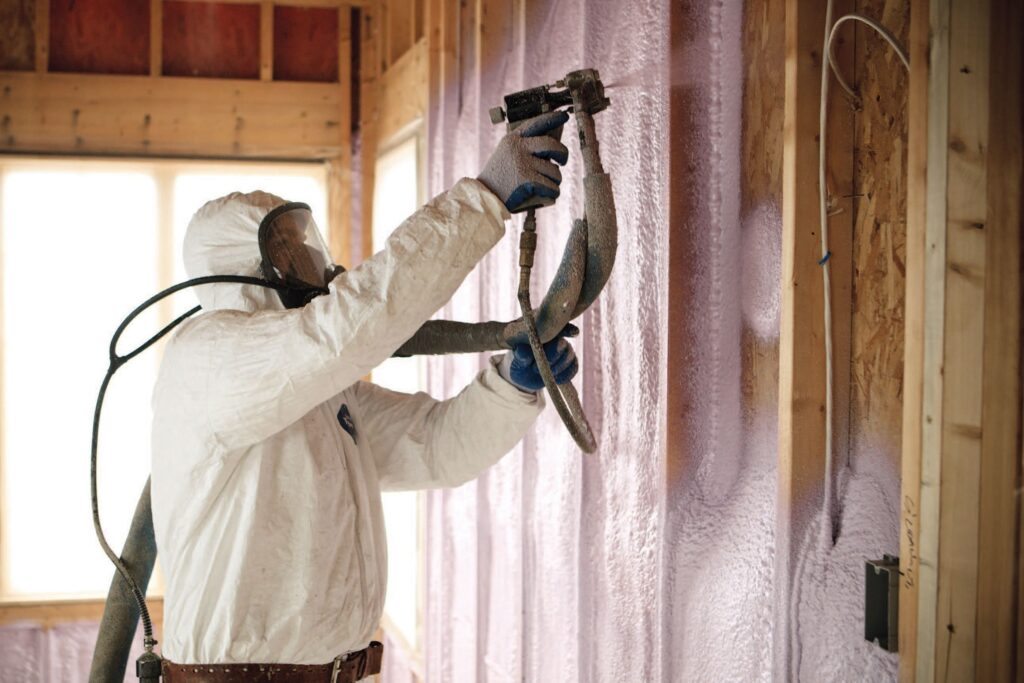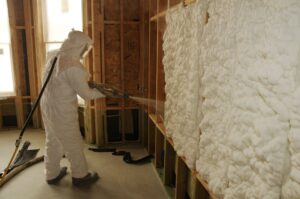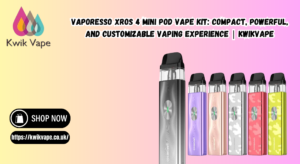
When considering insulation options for your home or business in Austin, Texas, the choice between traditional insulation methods and modern solutions like spray foam can significantly impact energy efficiency, comfort, and costs. In this blog, we’ll delve into the comparison between Texas Spray Foam Insulation Installers and traditional insulation methods. By examining their advantages and disadvantages, you’ll be better equipped to make an informed decision for your insulation needs.
Understanding the Basics of Insulation
Insulation plays a crucial role in maintaining a comfortable indoor environment. It prevents heat transfer, which can help reduce energy bills and increase the overall efficiency of heating and cooling systems. Traditional insulation methods typically include fiberglass batts, cellulose, and foam board, while spray foam insulation is a more recent innovation that has gained popularity in Texas and beyond.
Traditional Insulation Methods
Traditional insulation methods have been widely used for decades. These include:
- Fiberglass Insulation: Made from glass fibers, fiberglass insulation is commonly found in batts or rolls. It’s relatively inexpensive and easy to install. However, it may not effectively seal gaps and leaks, leading to reduced energy efficiency.
- Cellulose Insulation: Made from recycled paper products, cellulose is an eco-friendly option. It can be blown into walls and attics, but it may settle over time, reducing its effectiveness.
- Foam Board Insulation: Rigid panels made of polystyrene or polyisocyanurate, foam board insulation provides excellent thermal resistance. However, installation can be labor-intensive, and it requires precise cutting to fit into wall cavities.
The Rise of Spray Foam Insulation
Texas Spray Foam Insulation Installers have introduced a game-changing alternative to traditional insulation methods. Spray foam insulation is made from polyurethane and is applied as a liquid that expands to fill gaps, cracks, and voids. This unique application method creates a continuous air barrier, providing superior insulation compared to traditional materials.
Advantages of Spray Foam Insulation
- Superior Air Sealing: One of the standout features of spray foam insulation is its ability to seal leaks and gaps. This airtight seal prevents drafts and reduces energy loss, ultimately leading to lower utility bills.
- High R-Value: Spray foam has a higher R-value per inch than traditional insulation materials. This means that it provides better thermal resistance in less space, making it an excellent choice for smaller areas.
- Moisture Barrier: Spray foam insulation also acts as a moisture barrier. It helps prevent mold growth and water damage, which is particularly beneficial in Texas’s humid climate.
- Longevity: Unlike traditional insulation, spray foam does not settle or sag over time, ensuring consistent performance for years. This durability is essential for long-term energy savings.
- Eco-Friendly Options: Many spray foam products are made from renewable resources and contain no harmful chemicals, making them a more sustainable choice for environmentally conscious homeowners.
The Challenges of Spray Foam Insulation
While there are many advantages to using Texas Spray Foam Insulation Installers, it’s essential to consider the challenges as well.
Installation Costs
One of the primary concerns for homeowners is the upfront cost. Spray foam insulation tends to be more expensive to install than traditional insulation methods. However, many homeowners find that the long-term energy savings offset the initial investment.
Professional Installation Required
Installing spray foam insulation requires specialized training and equipment. It’s crucial to hire experienced Texas Spray Foam Insulation Installers to ensure proper application and avoid potential issues, such as improper sealing or over-expansion.
Comparing the Two Methods
Energy Efficiency
When comparing energy efficiency, spray foam insulation outshines traditional methods. Its ability to create a tight seal reduces air leakage, significantly improving energy performance. Traditional insulation may leave gaps, reducing overall efficiency and increasing energy costs.
Installation Time
Spray foam insulation installation is generally quicker than traditional insulation methods. The application process is fast, and the foam cures quickly, allowing homeowners to use their space sooner. In contrast, traditional insulation can require additional time for cutting, fitting, and installation.
Maintenance
With spray foam insulation, maintenance is minimal. Its durability and resistance to settling mean homeowners don’t need to worry about frequent inspections or replacements. Traditional insulation, however, may require periodic checks and maintenance to ensure effectiveness.
Making the Right Choice for Your Home
When considering insulation options for your Austin home, evaluating your specific needs is crucial. If energy efficiency and long-term savings are priorities, spray foam insulation may be the right choice. However, if upfront costs are a concern, traditional methods may offer a more budget-friendly option.
Tips for Choosing a Contractor
- Check Credentials: Ensure the contractor has the necessary licenses and certifications to install spray foam insulation. This will ensure quality workmanship and compliance with local regulations.
- Read Reviews: Look for testimonials and reviews from previous customers to gauge the contractor’s reputation and reliability.
- Request Estimates: Obtain multiple quotes from different Texas Spray Foam Insulation Installers. Compare prices, services, and warranties to find the best fit for your project.
Frequently Asked Questions (FAQs)
- Is spray foam insulation worth the investment?
Yes, spray foam insulation can significantly reduce energy bills over time due to its superior air sealing and insulation properties. - How long does spray foam insulation last?
When installed correctly, spray foam insulation can last for several decades without losing its effectiveness. - Can I install spray foam insulation myself?
It’s not recommended to install spray foam insulation without professional training. Proper application is crucial for effectiveness and safety. - How does the cost of spray foam insulation compare to traditional insulation?
Spray foam insulation typically has a higher upfront cost, but the long-term energy savings can make it more cost-effective over time. - Does spray foam insulation help with noise reduction?
Yes, spray foam insulation can help reduce noise transmission between rooms, making it an excellent choice for soundproofing.
Conclusion
In summary, when comparing Texas Spray Foam Insulation Installers to traditional methods, the advantages of spray foam insulation are clear. Its energy efficiency, durability, and moisture resistance make it an ideal choice for homeowners in Austin and surrounding areas like Travis County, Lee County, Milam County, Bastrop County, Washington County, Burleson County, and Williamson County. If you’re considering upgrading your insulation, reach out to the professionals today to explore your options.
For more information, call H&H Spray Foam & Drywall at (979) 402-2360 or (737) 225-9090 and discover how spray foam insulation can transform your space into a more energy-efficient environment.





